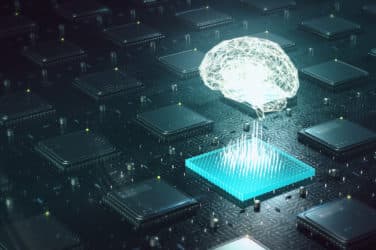Reliance on machine learning and artificial intelligence on the trading desk only is going to grow. However, the next major step in its evolution is going to be how to share their findings with the human traders that they support, according to the experts.
Today, traders typically configure alerts that would change a position’s color to red in their blotters if the stock’s price drops more than a specified amount, but that provides a limited benefit if the entire market were tanking.
“Half of your blotter would be red, which is not that useful,” said Henri Waelbroeck, director of research at Portware, a FactSet company. “A blotter row turning red doesn’t give a trader any quantitative insight as to what we think is likely to happen from here forward or the pros and cons of different decisions a trader could make. Any alert to be useful needs to be actionable and delivered with a quantifiable insight.”
Waelbroeck cautions that developing such a man-machine interface is still a nascent area of research. “This is more of what the future should bring rather than what the present might provide,” he said.
Once such a technology is in place, it could help traders navigate away from the market hazards of flash crashes and micro-fractures or potentially benefit from them.
“You basically are protecting large institutional orders from getting pulled into a ‘flash crash’ by having someone step in and review the trade using the proper interface between machine learning and human intelligence,” noted Waelbroeck. “By bringing this machine-driven workflow to the front, we do protect the trading desks from the consequences of flash crashes.”
He also sees these market events as opportunities for institutional investors to get fantastic prices for their orders.
“We, as well as other vendors, have features that look for opportunities provided by significant market dislocations and fetch some highly attractive prices for large institutional trades,” he said. “This would turn institutional investors into liquidity providers, who can act as shock absorbers and stabilize the market microstructure.”
More on Machine Learning:
- ‘Siri, Catch Market Cheats’: Wall Street Watchdogs Turn to A.I.
- IHS Markit Launches Innovative Digital Solution for Traders and Manufacturers Tracking Metals Inventory
- AI Eyes Wealth Management




